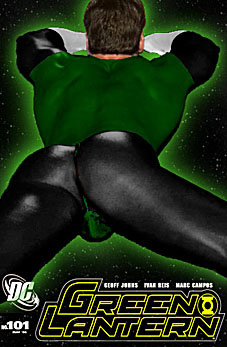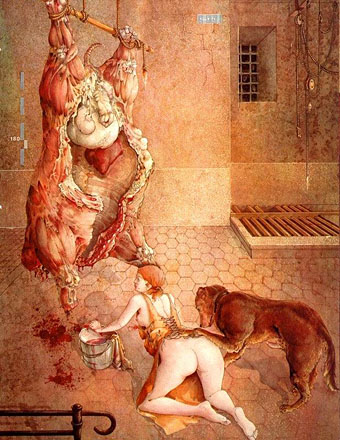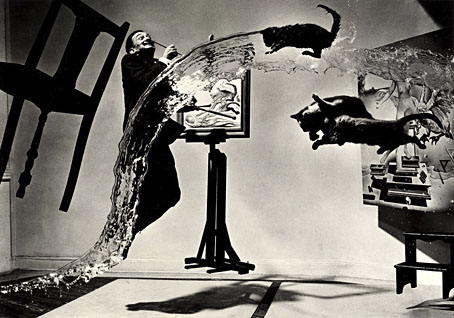There’s nothing new about the observation that American superhero comics are often stupidly sexist. The tendency to depict women in superhero comics as little more than super-powered fetish figures increased considerably during the 1990s, so much so that at one time The Comics Journal was making a regular note each issue of recent covers showing women with breasts larger than their heads. This Livejournal page does an amusing job of showing how the comic racks might look if there was at least a degree of equality at work.
Elsewhere on { feuilleton }
• The gay artists archive





